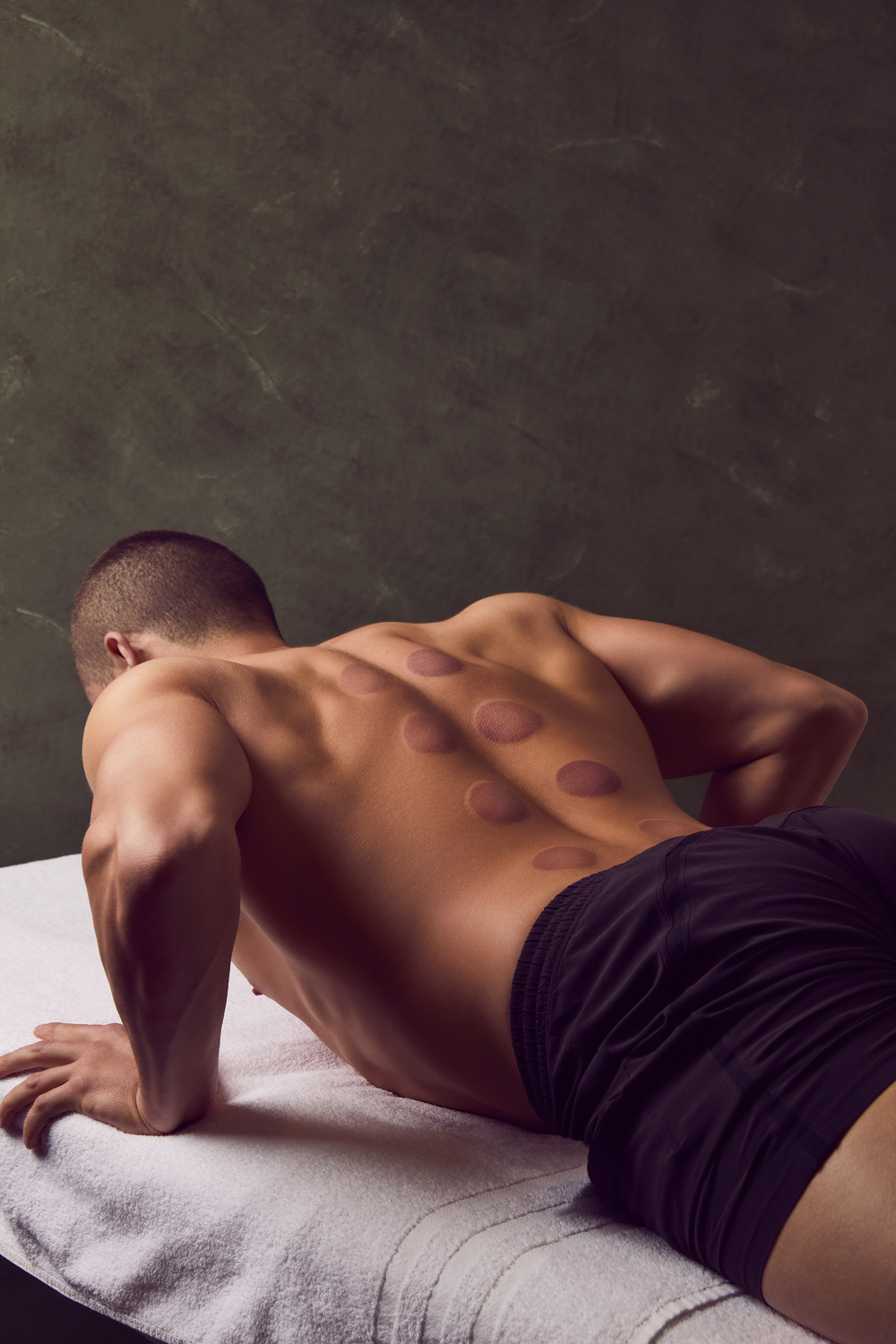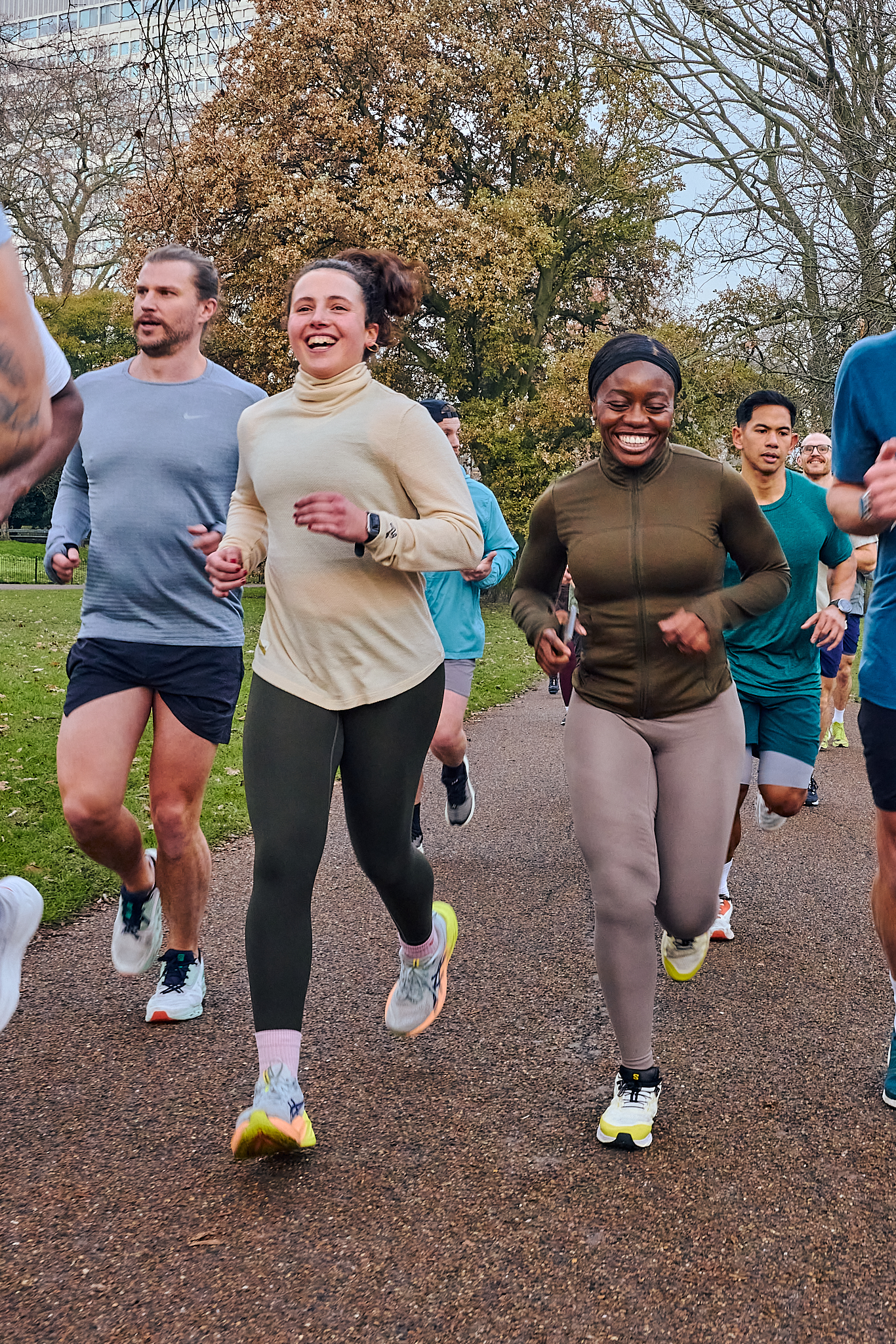- Linkedin Share
- Twitter Tweet
- Email Share
- Copy link Copy link Copied to clipboard
Cupping therapy has become a go-to recovery tool for athletes, fitness enthusiasts and anyone looking to support their physical and mental wellbeing. Recognisable by the circular marks it often leaves behind, this holistic therapy is valued for its ability to relieve tension, promote circulation and foster a deeper sense of calm.
What is Cupping and How Does it Work?
Rooted in Traditional Chinese Medicine (TCM) and practiced for over 2,000 years, cupping was originally used to stimulate the flow of Qi (vital energy) and blood throughout the body. Today, it’s widely embraced in both clinical and wellness settings for its restorative effects — not just on the body, but also on the mind.
In a typical cupping session, glass, plastic or silicone cups are placed on the skin to create suction. This suction can be generated by using heat (fire cupping) or a mechanical pump (dry cupping). The skin and superficial muscle layers are gently pulled upward into the cup, stimulating circulation and promoting lymphatic drainage.
Cupping is commonly applied to the back, shoulders and limbs — areas where tension tends to accumulate. Sessions typically last between 5 and 20 minutes. The circular marks left behind — ranging in colour from light pink to deep purple — are not bruises in the traditional sense, but rather a reflection of the stagnation being addressed within the body.
Physical Benefits of Cupping Therapy
Cupping is perhaps best known for its role in physical recovery. It’s a trusted technique among professional athletes and active individuals for good reason. The therapy works to:
- Accelerate muscle recovery by enhancing circulation, helping deliver oxygen and nutrients to fatigued tissues.
- Reduce inflammation and soreness after training or injury.
- Improve mobility and flexibility by easing tightness in muscles and fascia.
- Support detoxification through stimulation of the lymphatic system, helping the body clear metabolic waste.
Many notice an immediate release of tension and stiffness, with longer-term benefits including improved performance, injury prevention and faster recovery between workouts.
Cupping for Mental Wellbeing
While cupping is perhaps best known for its role in relieving muscle soreness and aiding physical recovery, cupping therapy also offers significant benefits for the mind.
The gentle suction and release created during a session can activate the parasympathetic nervous system — the part of the body responsible for rest and relaxation. This shift helps calm the mind, ease stress and support emotional balance. Many find it particularly helpful for improving sleep quality and managing symptoms of anxiety. By working holistically — on both body and mind — cupping embodies the TCM belief that mental and emotional wellbeing cannot be separated from physical health.
TCM also employs cupping to address broader health concerns including respiratory conditions (such as colds, asthma and bronchitis), digestive discomfort and chronic fatigue — all of which can contribute to or result from emotional strain.
A Complementary Practice for Modern Wellness
As more people seek integrative and non-invasive approaches to health, cupping has found a place in contemporary wellness routines. It’s often used alongside acupuncture, massage and other holistic treatments to create personalised plans for physical, emotional and mental care.
Part of its appeal lies in its simplicity: cupping works with the body, not against it. There are no chemicals, no surgery — just natural stimulation of the body’s own healing capacities. When delivered by trained practitioners, like those at the Third Space Recovery Spa, it becomes a safe, tailored experience that supports your broader wellbeing goals.



